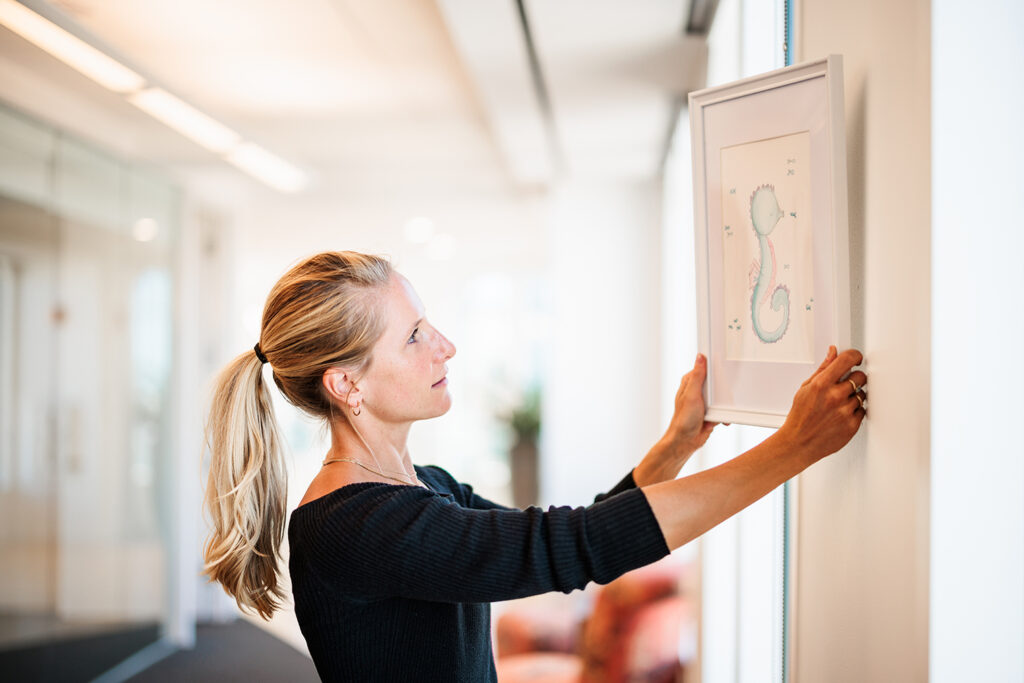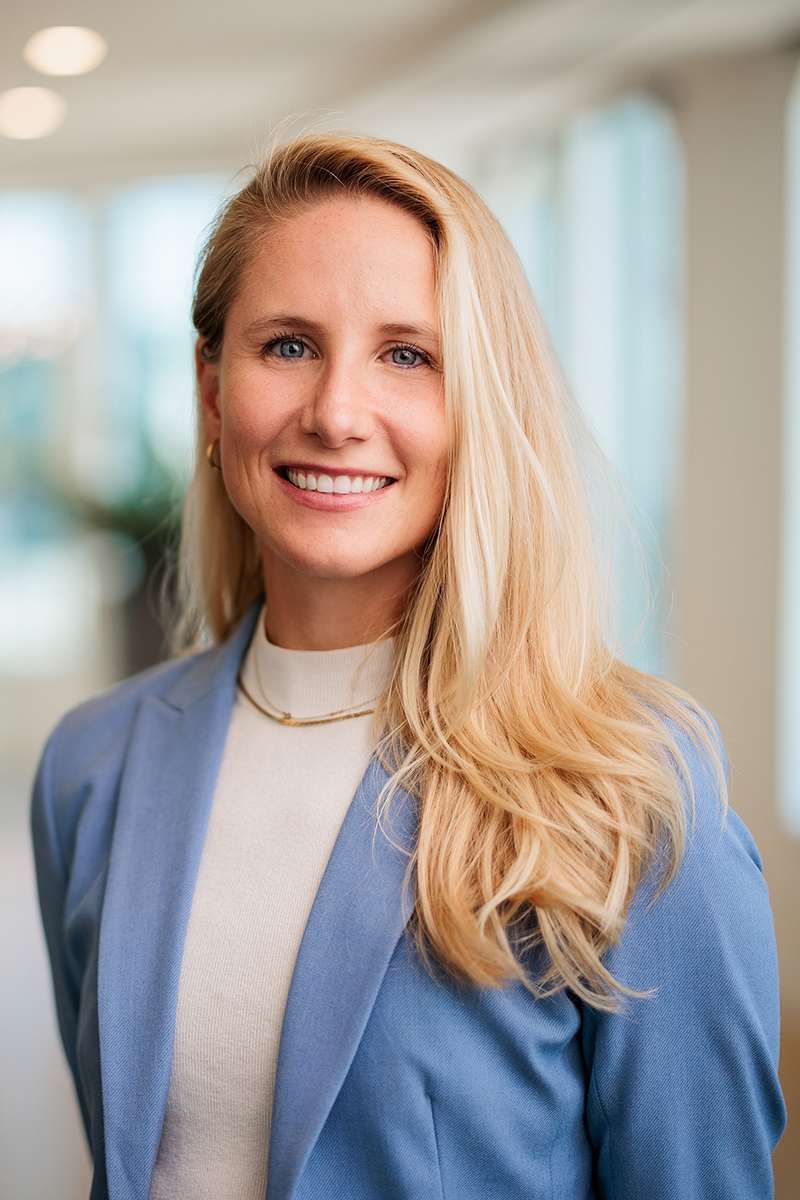Tell us about your education and experience before joining P/E Investments.
I have always been interested in quantitative analysis, all sorts of mathematics and statistics. As an undergrad at the Massachusetts Institute of Technology, (MIT), I studied physics. By senior year, I knew that I didn’t want to work in a lab, or to become a theoretical physicist. I realized that physicists have done well in finance; so, I went back to MIT to get a graduate degree in quantitative finance at MIT Sloan. After about four years at P/E, the company also supported me in earning a second master’s degree, this time in computer science. I specialized in machine learning; so, that had a lot of statistics, natural language processing, and data analysis. Honestly, I did that degree to push myself to keep current with computer science.

What is your current role at P/E?
I work on our trading and research teams. Financial research requires understanding of the markets. We make observations and form beliefs about the market; then, we work to quantify those observations to better understand what we are learning in the markets. When I think about quantitative research, I think about developing models that rely on algorithms and statistics to explain some observation of the world. We observe, and work to understand, fundamental relationships. For FX and global macro strategies, we look at capital markets, monetary policy, fiscal policy, geopolitics, and more. We look to build models to give us a systematic approach to analyzing these factors.
How do P/E’s models adapt to changing risk environments?
Our models inherently think about and control for risk. First, while we are trying to forecast expected returns, we are also trying to minimize any forecast errors and mistakes. Second, we optimize across assets, looking at things like covariance, correlation, and volatility in the markets. The result is an optimized portfolio that considers how assets speak to each other. Finally, our models consider constraints, such as the liquidity of a particular asset.
Talk about career development at P/E and what you enjoy about your role.
P/E is such a wonderfully flat organization. We work on teams with people of different tenures, skill sets and experiences. When you work on a team like that, I think that you just naturally develop. You develop your leadership skills, you come to understand things that you are good at, and things that you are not so good at. Over time, P/E allows you to delve into those things that you are good at, to develop skills and expertise. We also have a mentorship program which fosters relationships across departments and tenures.
I love the fact that no two days at P/E are the same. The markets, and the industry is always changing and at P/E, we know that we need to evolve and adapt. That is exciting, and challenging. I always joke to people that I have never once looked at the clock and thought, “when is it going to be 5 o’clock?” I look at the clock and think, ‘I can’t believe that it’s already 5 o’clock”. I always want more time in the day.

What do you like to do outside of work?
I have a husband, two little girls, and a very active dog at home; so, we spend a lot of time playing outside. I also enjoy golf and running. Finally, I love spending focused time on art - painting, embroidery, and especially, messy art projects with the girls.
